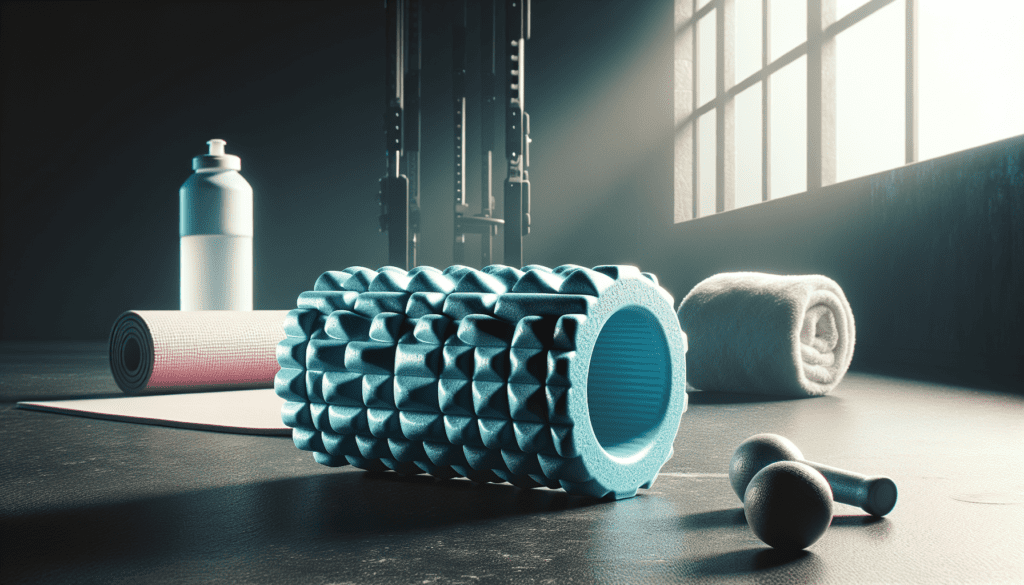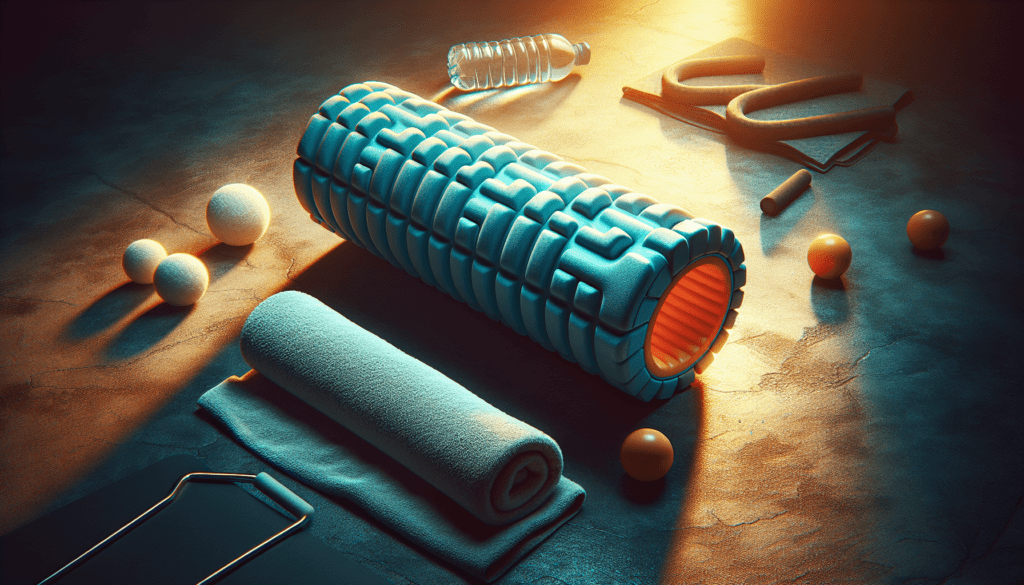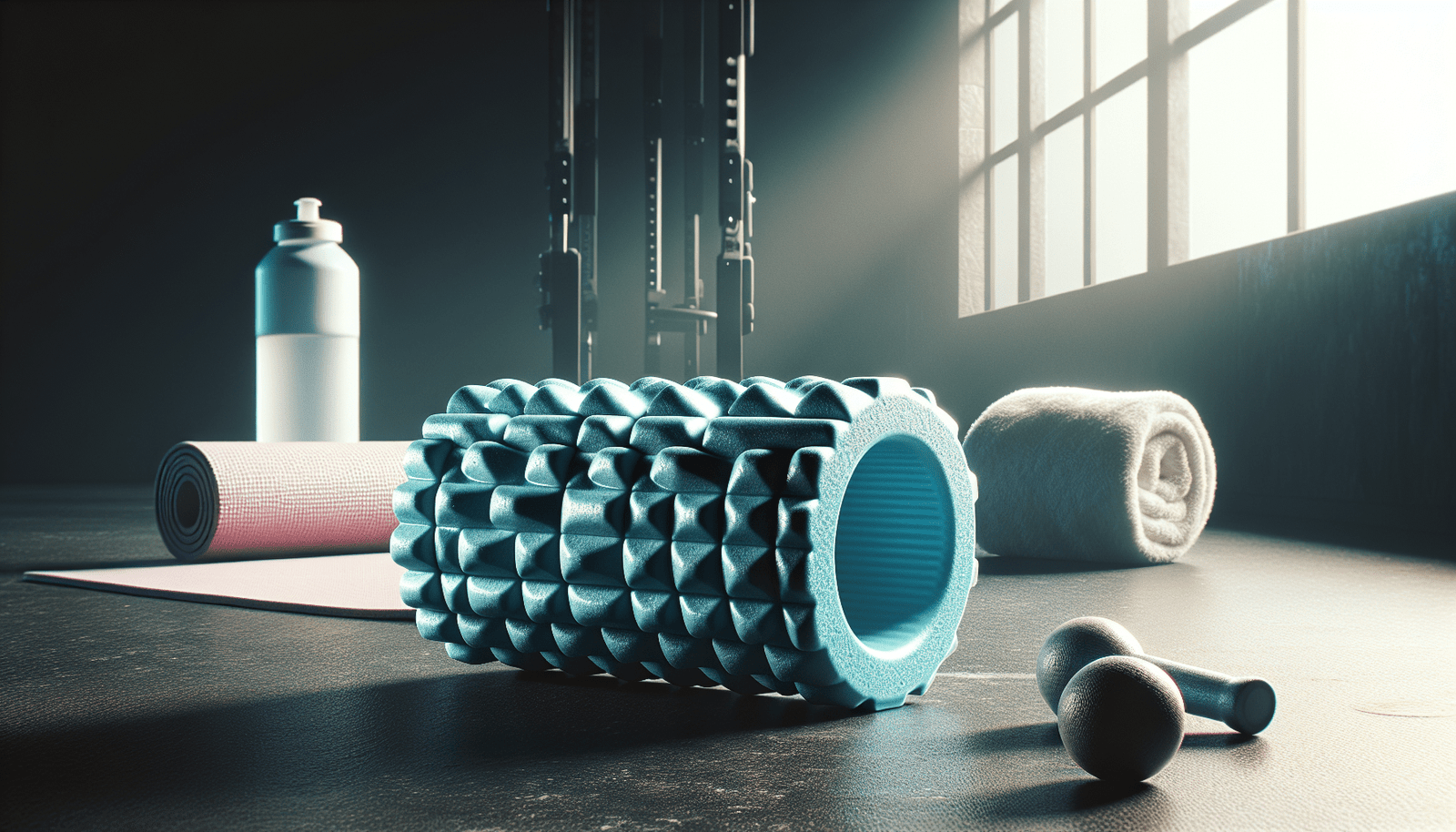Discover the essential techniques to optimize your performance and enhance your recovery with the “Ultimate Guide To Active Recovery Techniques For MMA.” This comprehensive guide will introduce you to effective methods designed to keep your body in peak condition, reduce the risk of injury, and ensure you’re always ready for your next intense workout or fight. From dynamic stretching routines to regenerative yoga practices, you’ll find practical tips and exercises tailored specifically for mixed martial artists. Get ready to elevate your training and recovery game with these invaluable insights!
Ultimate Guide to Active Recovery Techniques for MMA
Ever finished an intense MMA session feeling like your muscles are going to burst? If you’re dedicated to the craft, you know the importance of giving your body the recovery it needs. But have you ever considered how you could actively recover to enhance your performance?
Welcome to your Ultimate Guide to Active Recovery Techniques for MMA. This guide will walk you through everything you need to know to stay on top of your game while ensuring your body gets the rest it deserves. Let’s dive right in!

What is Active Recovery?
Definition
Active recovery is a technique that involves engaging in low-intensity exercises or physical activities after a high-intensity workout. In contrast to complete rest, active recovery keeps your body moving, which can promote muscle repair and reduce overall soreness.
Why Active Recovery Matters for MMA
In MMA, your training is often grueling and strenuous. Active recovery ensures that you not only sustain but also improve your performance. This approach can prevent injuries, promote faster recovery, and help maintain flexibility and strength. In short, it’s essential for any MMA athlete aiming to keep their body in peak condition.
Benefits of Active Recovery in MMA
Enhanced Muscle Repair
When you engage in low-intensity activities post-training, your blood circulation improves. This increased blood flow delivers nutrients and oxygen to your muscles, promoting faster repair and recovery.
Reduced Muscle Soreness
Ever had DOMS (Delayed Onset Muscle Soreness)? Active recovery can help reduce this unpleasant sensation by keeping your muscles gently moving and flushed with oxygen-rich blood, which helps to remove waste products like lactic acid.
Injury Prevention
By promoting muscle repair and reducing soreness, active recovery can be an effective way to prevent injuries. Joint flexibility and overall muscle resilience are enhanced, reducing the risk of strains and sprains.
Mental Well-being
Physical activity, no matter how light, boosts endorphin levels. Active recovery can help you stay mentally focused and motivated, providing a balanced approach to your strenuous MMA training regimen.
Types of Active Recovery Techniques
Yoga
Benefits of Yoga
Yoga offers a dual advantage of physical and mental benefits. It helps in stretching and strengthening muscles, improving flexibility, and reducing muscle tension. Additionally, it provides mental relaxation which can be crucial for high-stress sports like MMA.
Recommended Poses for MMA
Here’s a table summarizing some beneficial yoga poses for MMA athletes:
| Pose | Benefits |
|---|---|
| Downward Dog | Enhances shoulder and hamstring flexibility |
| Warrior Pose | Strengthens legs while improving balance |
| Child’s Pose | Excellent for lower back stretch and relaxation |
| Pigeon Pose | Opens hips and relieves tight glutes |
Stretching
Benefits of Stretching
Stretching can significantly improve your range of motion and flexibility. It also aids in reducing muscle stiffness, which is crucial for agile movements in MMA.
Static vs. Dynamic Stretching
- Static Stretching: Holding a stretch for a period, usually 15-60 seconds. Ideal post-workout to promote muscle lengthening.
- Dynamic Stretching: Involves active movements that mimic the actions of MMA techniques. These are excellent for warming up and cooling down.
Light Cardio
Benefits of Light Cardio
Engaging in light cardio activities, such as walking, swimming, or cycling, helps keep your muscles active without subjecting them to intense strain. It also promotes heart health and increases stamina.
Best Light Cardio Activities for MMA
Here are some optimal light cardio exercises for MMA recovery:
| Activity | Benefits |
|---|---|
| Swimming | Low-impact and enhances full-body flexibility |
| Cycling | Great for leg recovery and cardiovascular health |
| Walking | Easy on joints and helps in gradual muscle recovery |
Foam Rolling
Benefits of Foam Rolling
Foam rolling can help in breaking down tight muscles and fascia, increasing blood flow, and relieving muscle knots. It’s a form of self-myofascial release that can be incredibly soothing post-training.
How to Foam Roll
To get the most out of foam rolling, follow these steps:
- Choose the Right Foam Roller: Different textures and densities provide varying degrees of muscle stimulation.
- Target Specific Muscles: Focus on areas that feel tight or sore.
- Roll Slowly: Move the roller gently over your muscles to avoid potential injury.
Massage Therapy
Benefits of Massage
Massage therapy can effectively release muscle tension, improve circulation, and provide mental relaxation. Investing in periodic massage therapy sessions can be extremely beneficial for your overall recovery strategy.
Types of Massages
Here’s a quick guide to some types of massages suitable for MMA athletes:
| Massage Type | Benefits |
|---|---|
| Deep Tissue | Breaks down muscle knots and relieves tension |
| Sports Massage | Focuses on recovery and performance improvement |
| Swedish Massage | General relaxation and muscle tension relief |
Optimal Active Recovery Schedule
Determining the right active recovery schedule depends on your training intensity and personal needs. Here’s a recommendation to help you get started:
Post-Workout Active Recovery
After a heavy training session:
- Day 1: Light cardio or stretching (20-30 minutes)
- Day 2: Yoga and foam rolling (30-45 minutes)
- Day 3: Light cardio and dynamic stretching (20-30 minutes)
Weekly Active Recovery Plan
For sustained recovery:
| Day | Activity | Duration |
|---|---|---|
| Monday | Light Cardio + Stretch | 30 mins |
| Tuesday | Yoga | 45 mins |
| Wednesday | Stretching + Foam Roll | 30-45 mins |
| Thursday | Massage Therapy | 60 mins |
| Friday | Yoga | 45 mins |
| Saturday | Light Cardio + Dynamic Stretch | 30 mins |
| Sunday | Rest or Light Walk | 30 mins |

Nutrition and Hydration
Importance of Proper Nutrition
The fuel you provide your body can make a massive difference in your recovery process. Consuming the right nutrients helps in muscle repair and provides the energy needed for effective active recovery.
Essential Nutrients
- Proteins: Aid in muscle repair. Think lean meats, fish, and plant-based proteins.
- Carbohydrates: Replenish glycogen levels. Opt for whole grains and fruits.
- Fats: Essential for overall energy. Healthy options include avocados and nuts.
- Vitamins and Minerals: Promote overall health. Ensure a varied diet to get your essential vitamins and minerals.
Hydration
Proper hydration aids in maintaining optimal muscle function and reducing cramping. Ensure you’re drinking enough water throughout the day, especially after intense workouts.
Hydration Tips
- Before Exercise: Drink at least 500 ml of water 2 hours before training.
- During Exercise: Sip water every 20 minutes.
- After Exercise: Replenish with 500-700 ml of water.
Supplements
Recommended Supplements for MMA Recovery
While a balanced diet is crucial, sometimes you need an extra boost to recover fully. Here are some supplements you might consider:
| Supplement | Benefits |
|---|---|
| Whey Protein | Supports muscle repair and growth |
| BCAA (Branched-Chain Amino Acids) | Reduces muscle soreness and aids recovery |
| Omega-3 Fatty Acids | Anti-inflammatory properties |
| Magnesium | Reduces muscle cramps and supports recovery |
Psychological Recovery Techniques
Mindfulness and Meditation
Engaging in mindfulness and meditation can significantly impact your mental recovery. Practicing these techniques can reduce stress levels, improve focus, and enhance overall well-being.
Simple Meditation Practice
- Find a Quiet Space: Minimize distractions.
- Sit Comfortably: Maintain a straight posture.
- Focus on Your Breathing: Inhale deeply through your nose, exhale through your mouth.
- Clear Your Mind: If thoughts enter, gently bring your focus back to your breath.
Visualization Techniques
Visualization involves mentally rehearsing your skills and techniques in MMA. This mental practice can enhance your actual performance, making your physical training more effective.
How to Practice Visualization
- Find a Quiet Place: Comfortable and free of distractions.
- Close Your Eyes: Take a few deep breaths.
- Imagine Your Best Performance: Visualize every detail, from the movements to the sounds and feelings.
- Repeat Regularly: Consistency is key to maximizing benefits.
Sleep
The Role of Sleep in Recovery
Sleep is one of the most crucial factors for recovery. During deep sleep, your body undergoes various processes essential for muscle repair, cognitive function, and overall recovery.
Tips for Better Sleep
- Consistent Schedule: Go to bed and wake up at the same time each day.
- Limit Screen Time: Reduce exposure to screens at least an hour before bed.
- Comfortable Sleep Environment: Ensure your bedroom is cool, dark, and quiet.
- Relaxation Techniques: Consider reading or listening to soft music before bed.
Final Thoughts
Active recovery isn’t just a good-to-have; it’s a necessity for MMA athletes looking to maintain and improve their performance. From yoga and foam rolling to proper nutrition and sleep, these techniques form a comprehensive recovery strategy essential for any dedicated fighter.
Putting concentrated effort into active recovery will allow you to bounce back quicker, train harder, and ultimately push your performance boundaries. So, next time you feel that muscle soreness creeping in, remember—keeping your body gently active can make all the difference.
Happy training, and even happier recovering!

